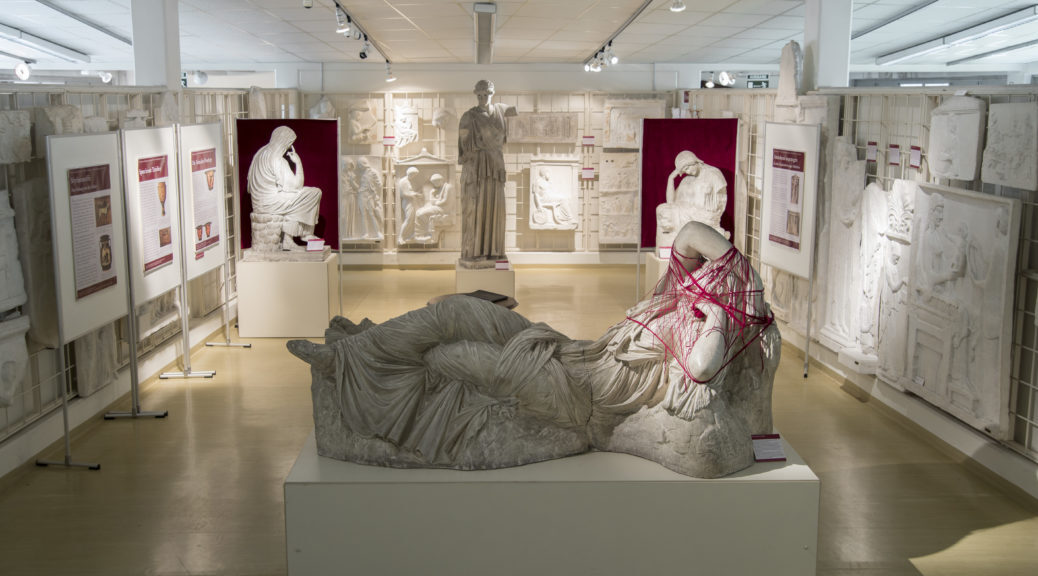Learning with the University Collection
A student's perspective
Lisa Maria Wirzel
11 August, 2024
Austria

Archaeology teaches a careful approach to the material sources of ancient societies. Excursions and educational excavations allow to establish a direct relationship with the artefacts. The collection of the Department of Classical Archaeology in Vienna makes it possible to trace ancient visual patterns in the same building where all the theory is taught. Working in and with the collection – for instance on the occasion of a seminar on wool spinning – was crucial for my further academic education.
The special role of the Archaeological University Collection
From the start, the Archaeological Collection of the University was intended for students to learn. (Footnote: Marion Meyer takes a detailed and critical look at the collection in: Die Archäologische Sammlung des Instituts für Klassische Archäologie der Universität Wien. Aufgaben, Probleme, Perspektiven, in: F. M. Müller (ed.), Archäologische Universitätsmuseen und -sammlungen im Spannungsfeld von Forschung, Lehre und Öffentlichkeit, Vienna/Berlin 2013, pp. 519-527.) Nowadays there is even a seminar room in the middle of the collection. The collection covers not only a wide period of time but also different genres. The focus lies on architectural relief sculpture from the Greek world, Greek funerary and votive reliefs and Roman portrait busts. Some artefacts, mainly ceramics and small figurines, are ancient originals.
Learning how to interact with objects through the university collection
I first entered the collection as part of an introductory course for first-semester students, in which we tried our hand at describing and comparing sculptures. Figurative representation in various media were considered an important form of expression in the ancient world. This is illustrated, for example, by the countless anthropomorphic figures of gods, some casts of which are in the collection. A detailed, differentiated and contextualized examination of the imagery makes ancient mentalities accessible.
In this course, our focus was on sculptures from the Greek world, which we analyzed according to stylistic, typological and chronological aspects. The course instructor Viktoria Räuchle used helpful, stimulating words to direct our initially disorganized gaze. Only systematic, attentive and precise comparative observations turn such an approach into a scientific method. Our perception became more structured and once we had a basic understanding of the material, we were able to put our impressions into a coherent written form.
This text was originally published in German on the blog Sammeln – Der Kosmos wissenschaftlicher Objekte: https://sammeln.hypotheses.org/1294.

Lisa Maria Wirzel
Austria
Lisa Maria Wirzel studied Art History and Classical Archeology at the University of Vienna.

